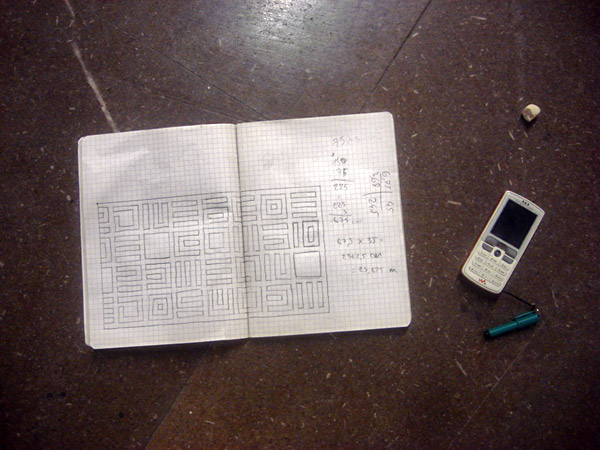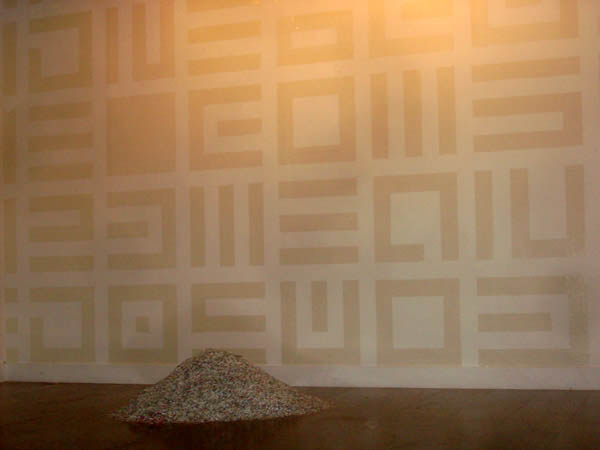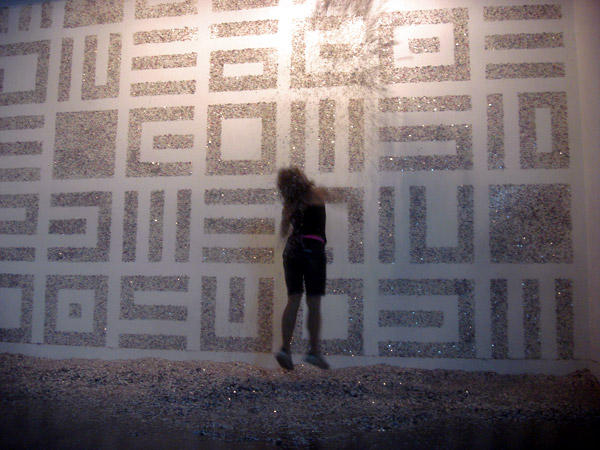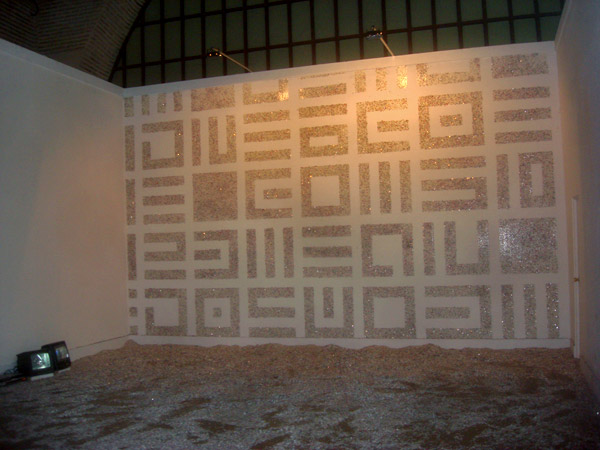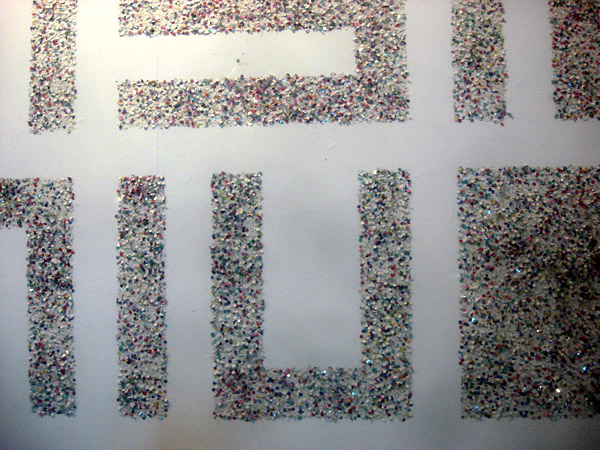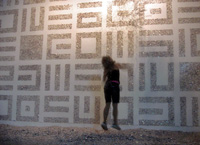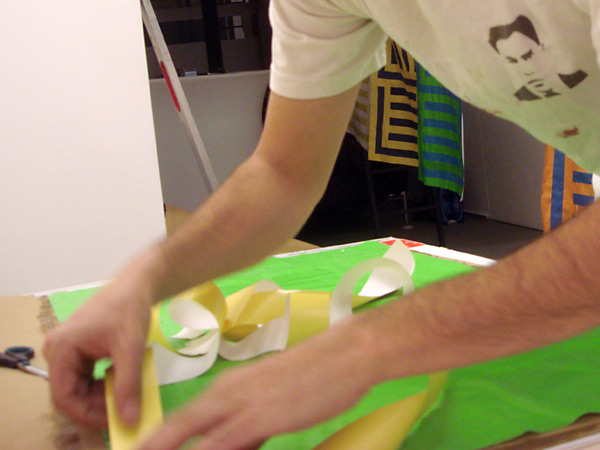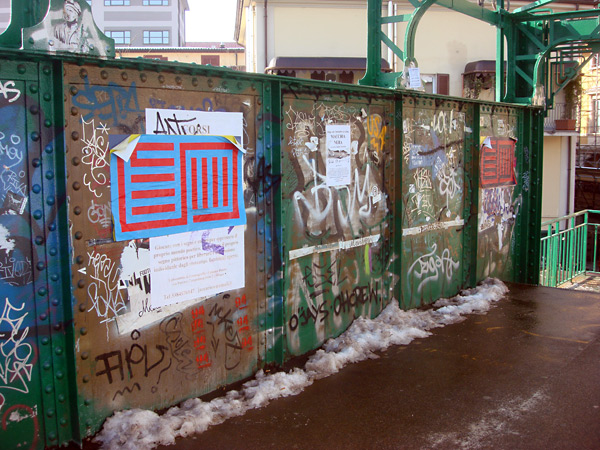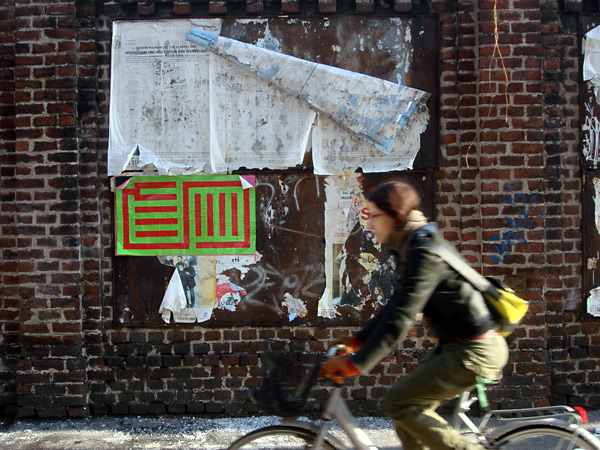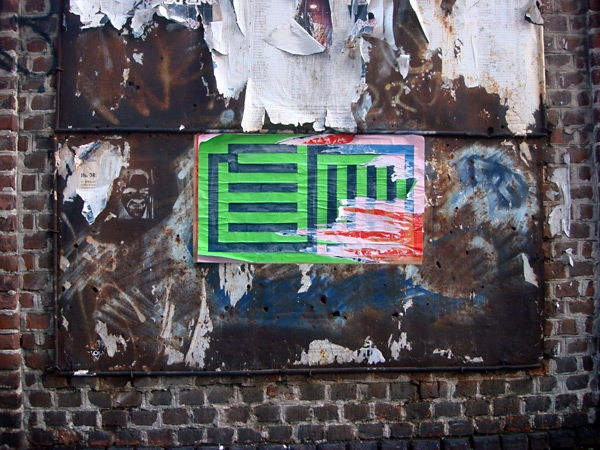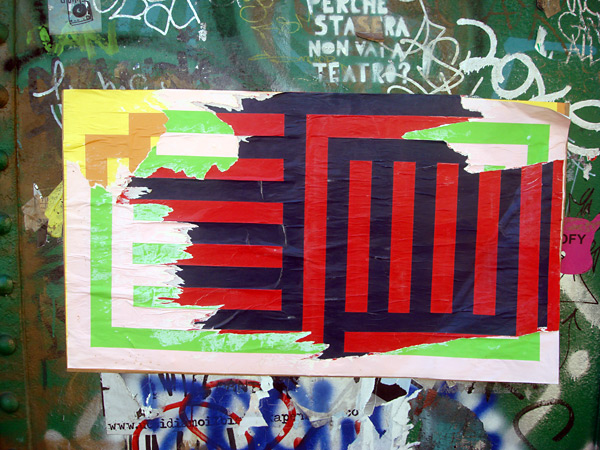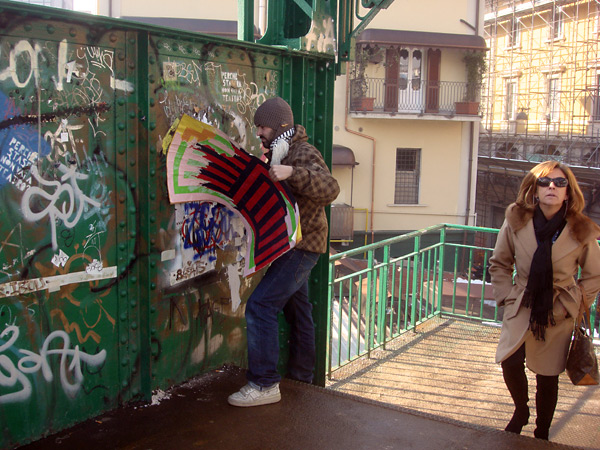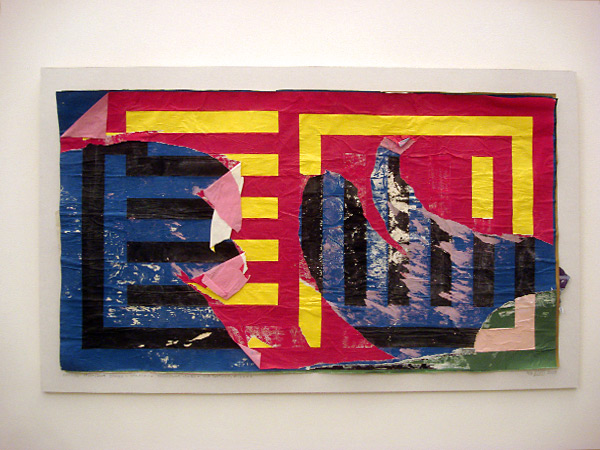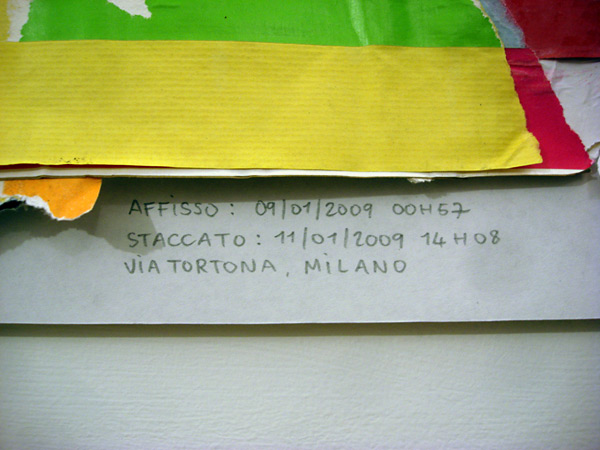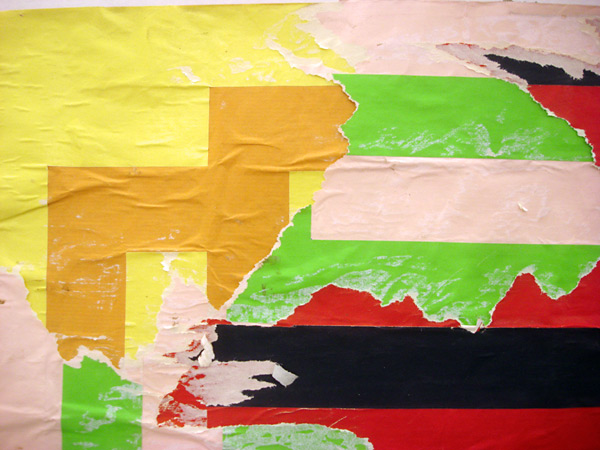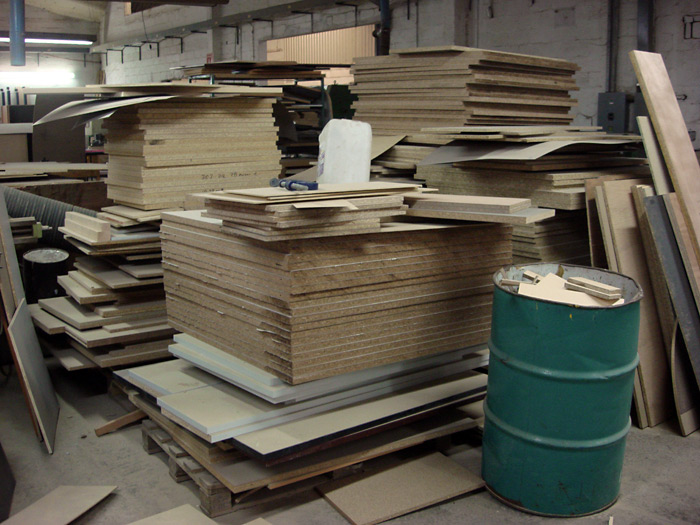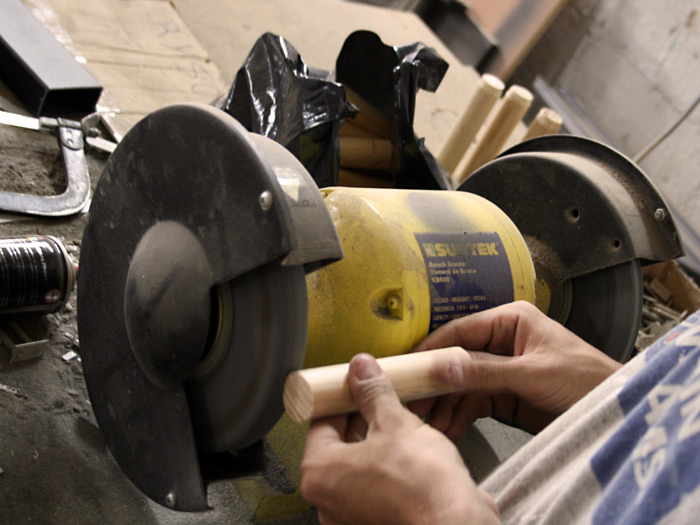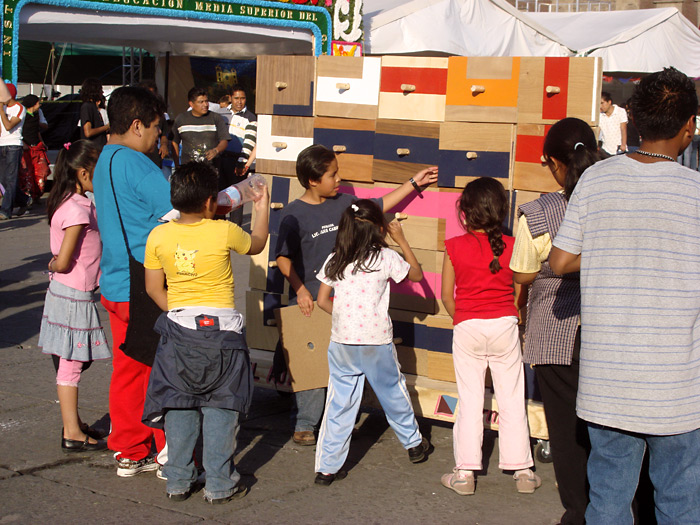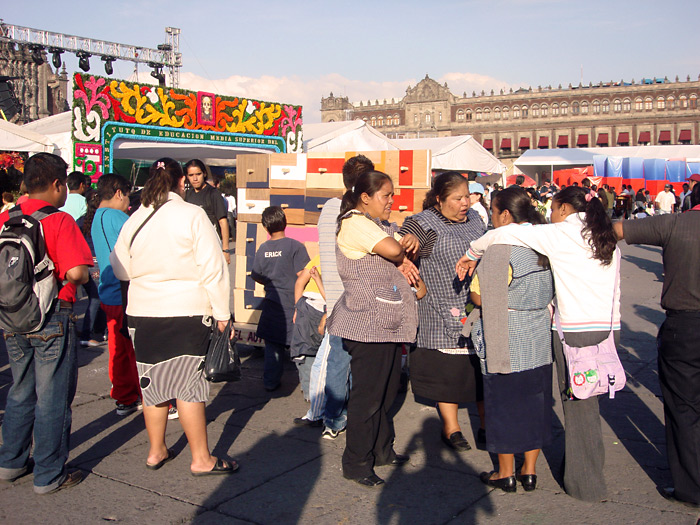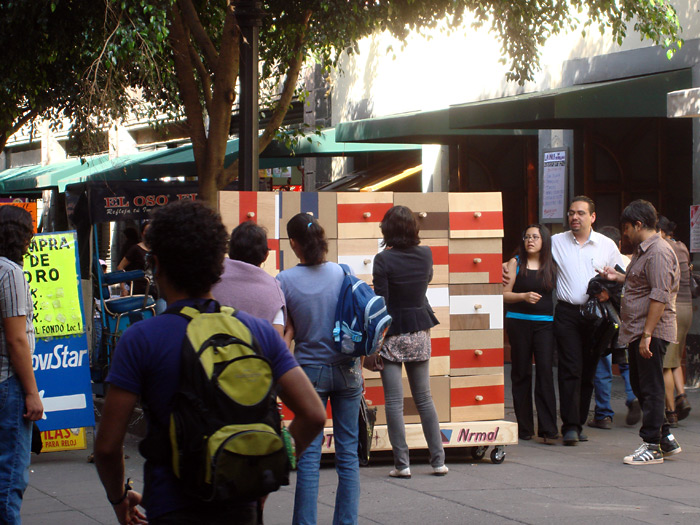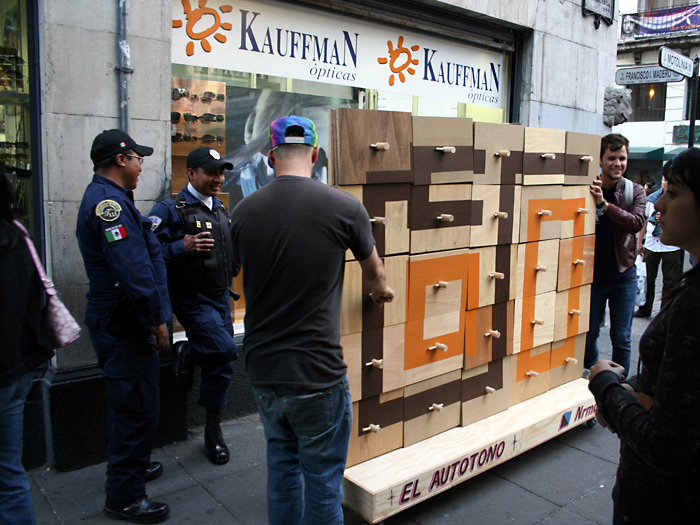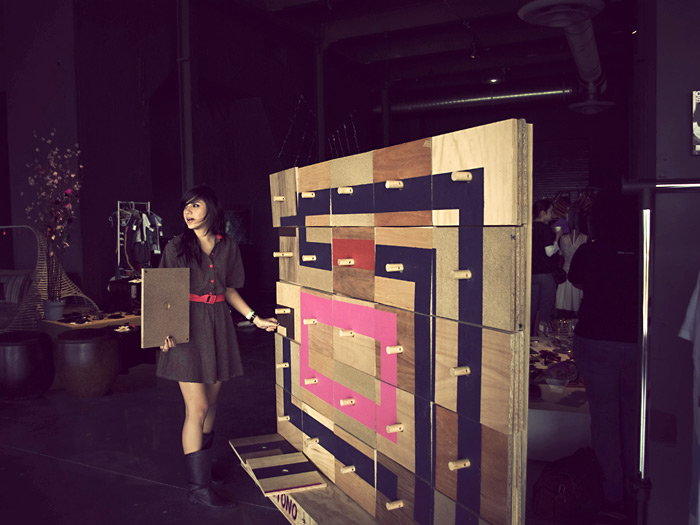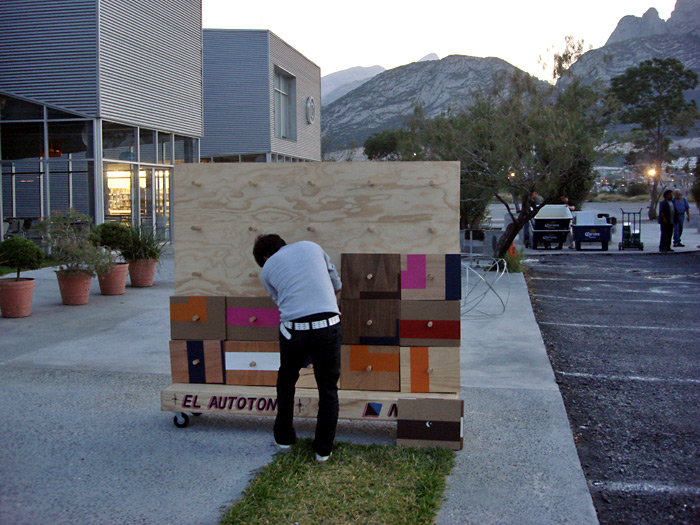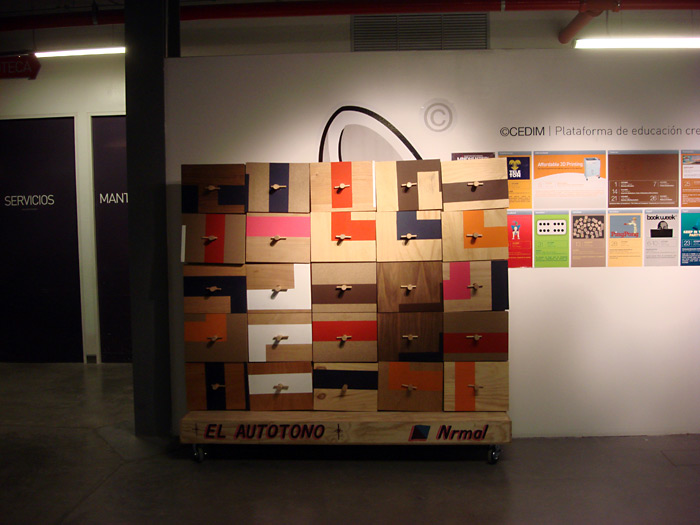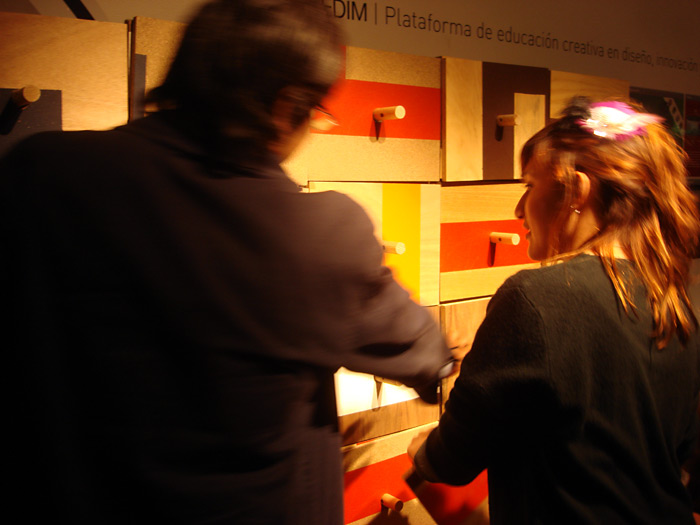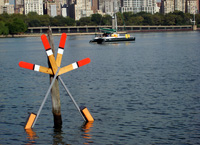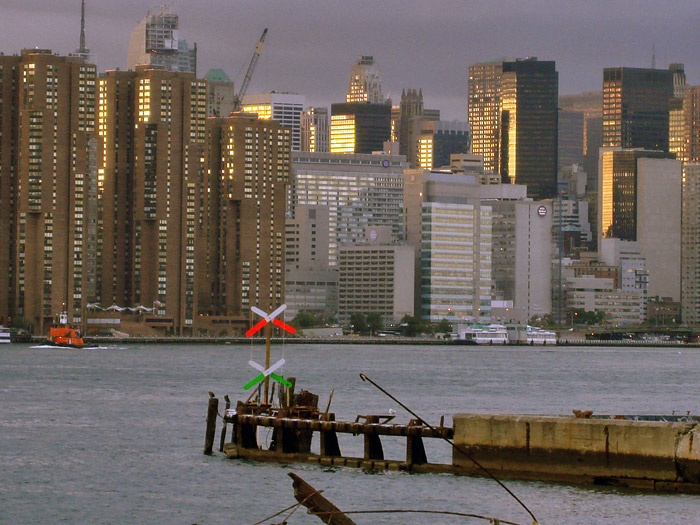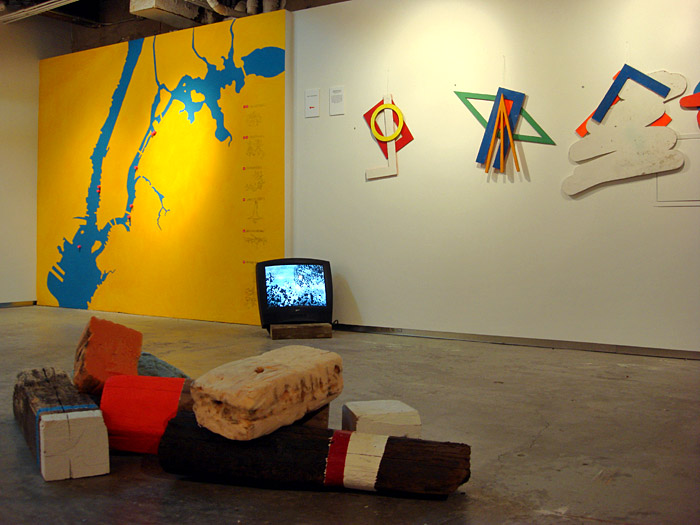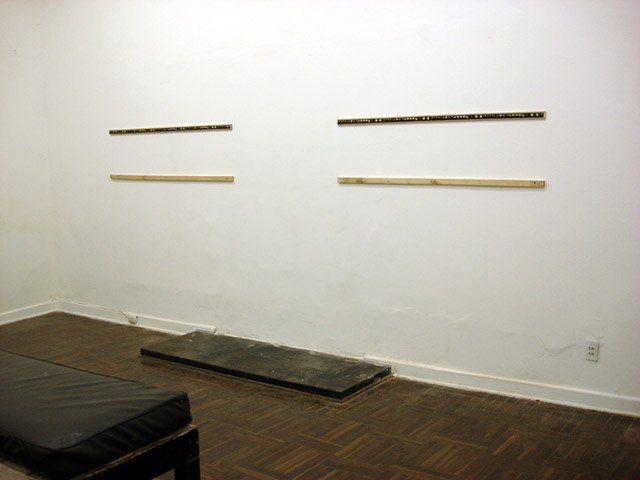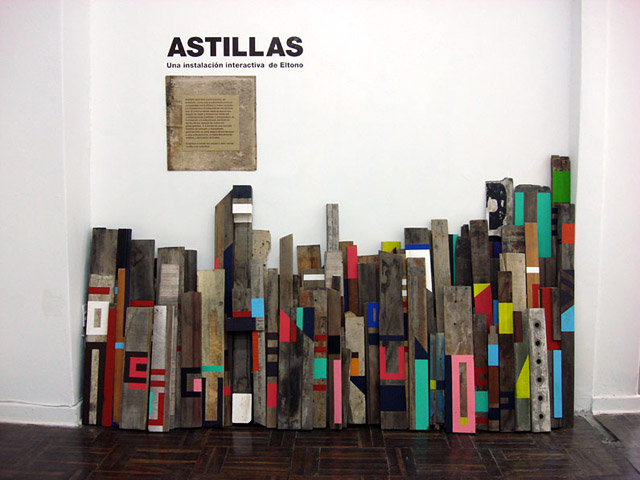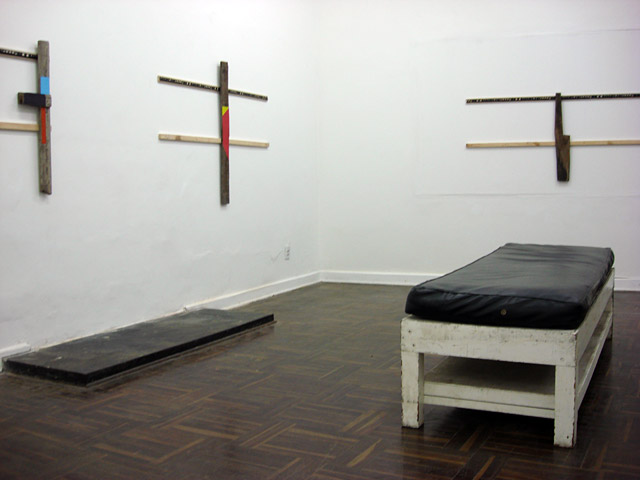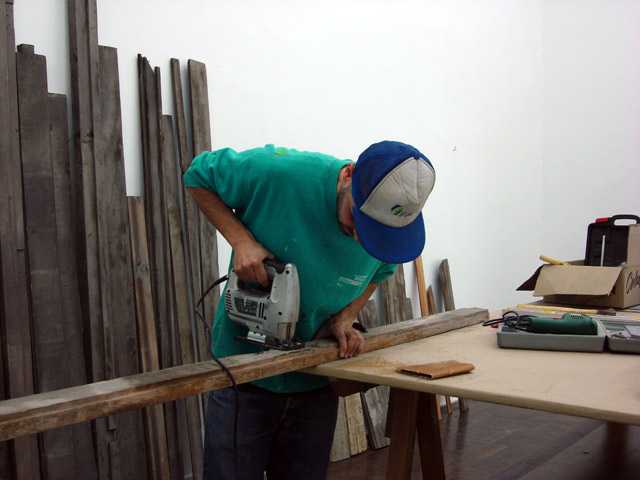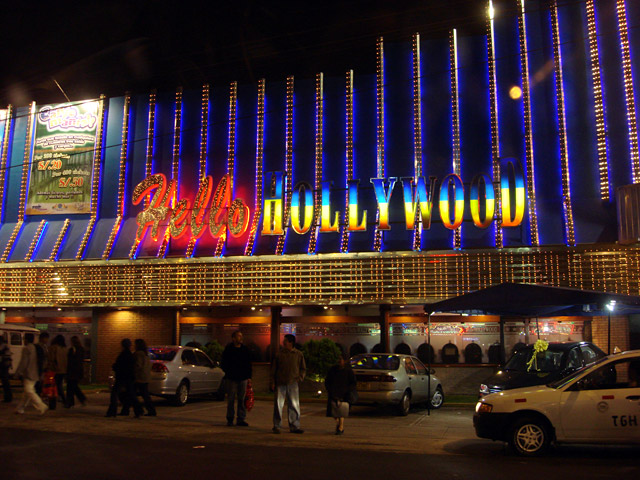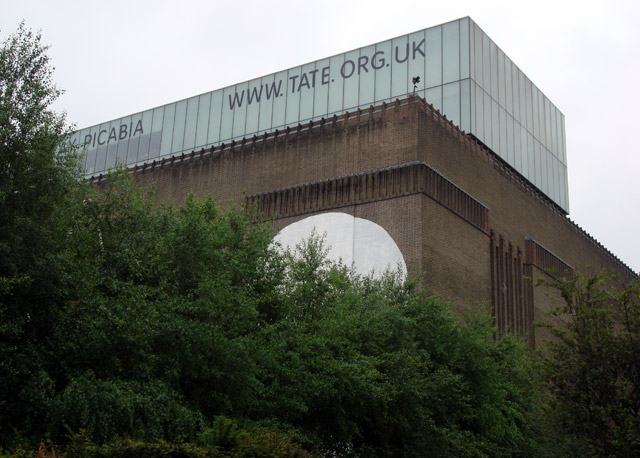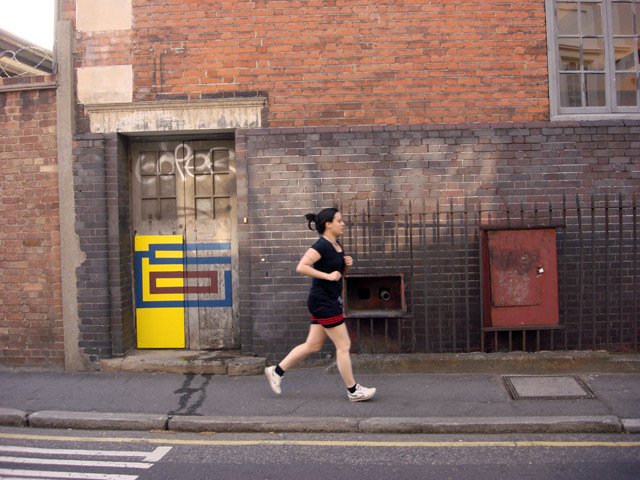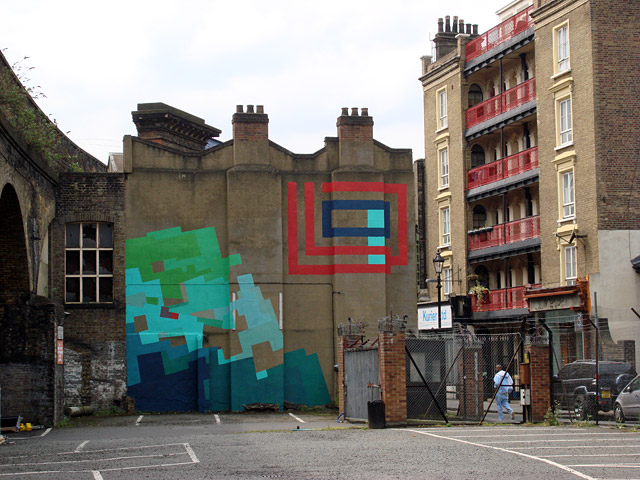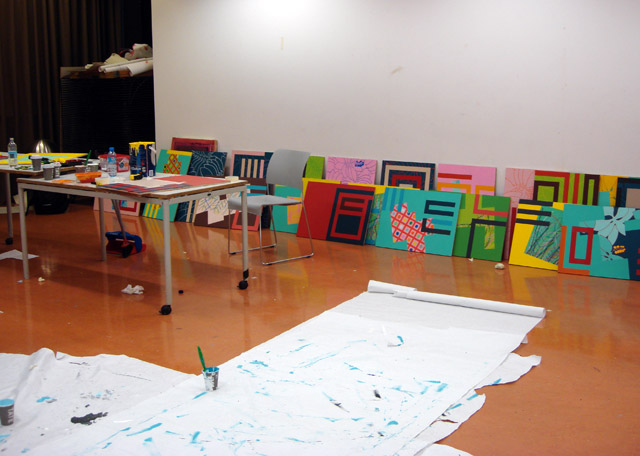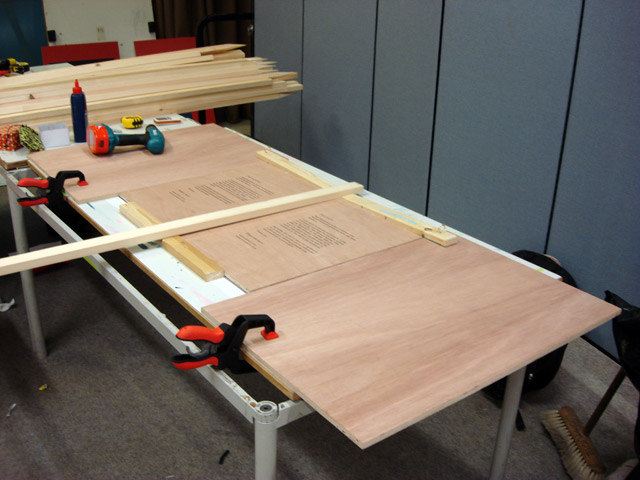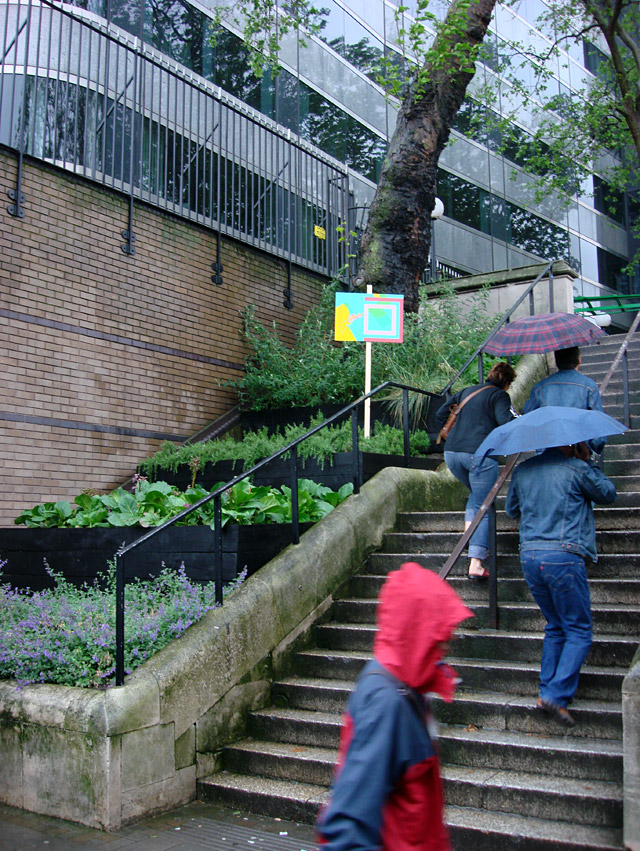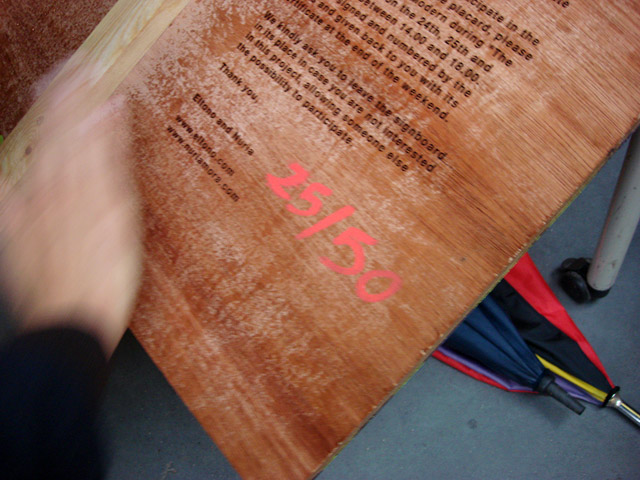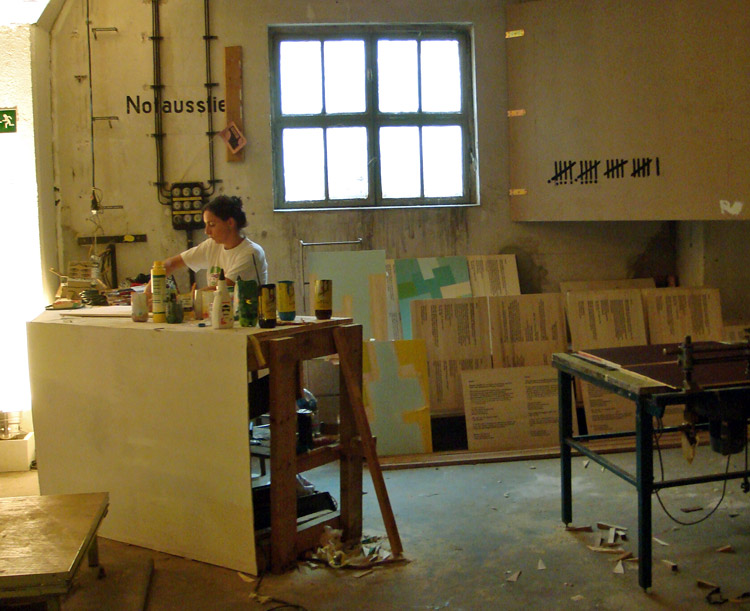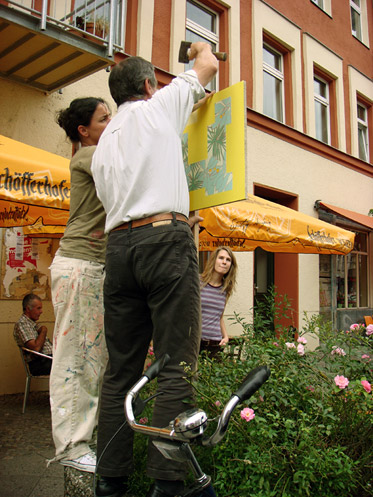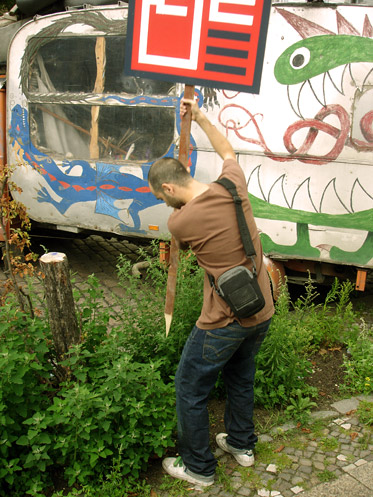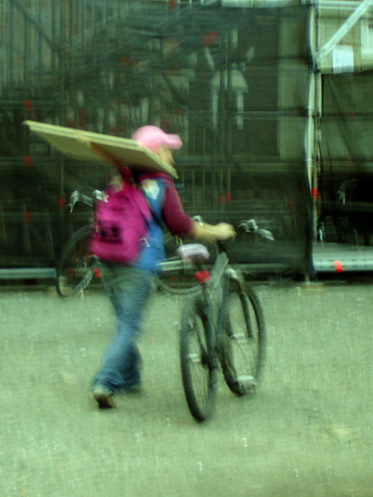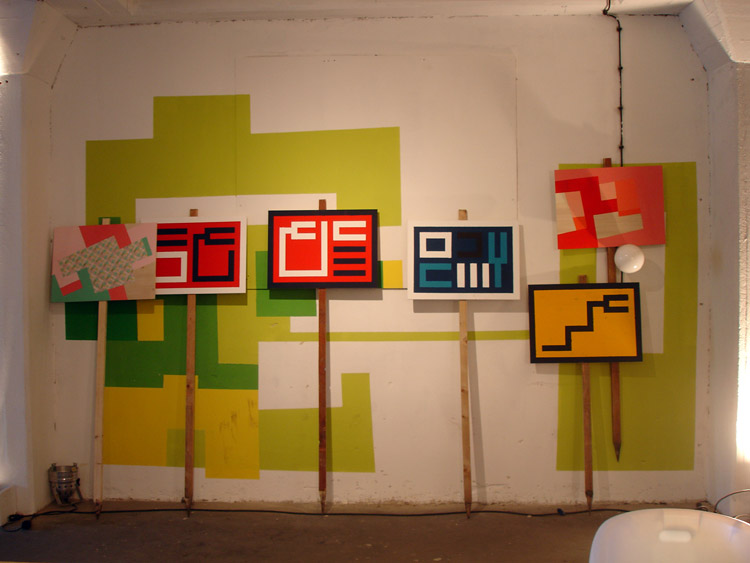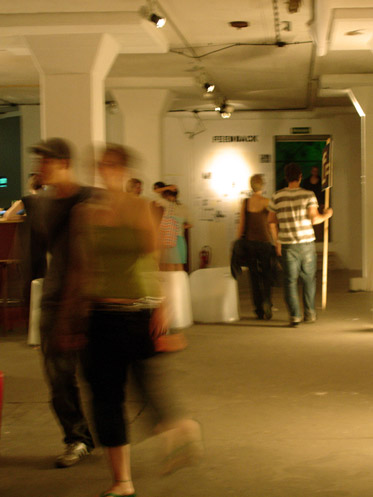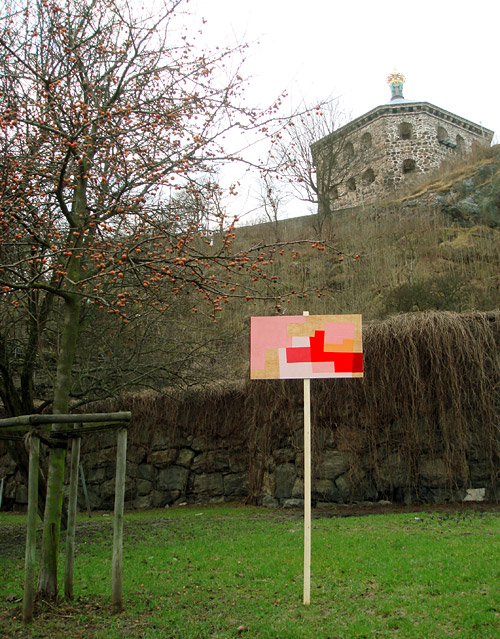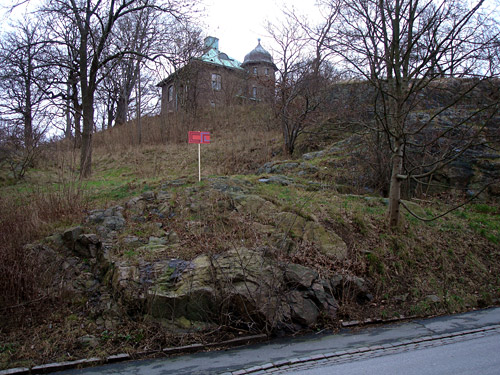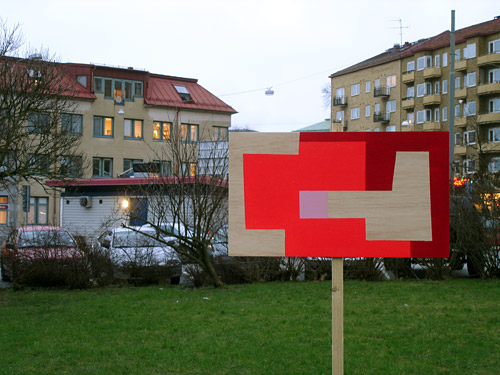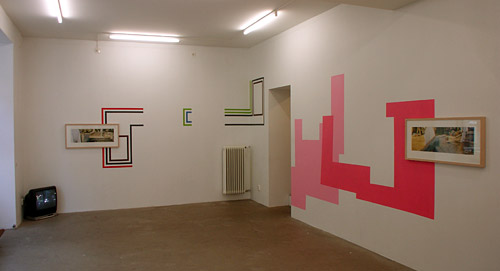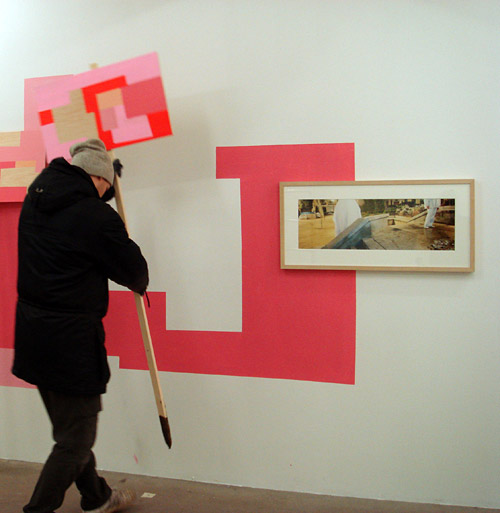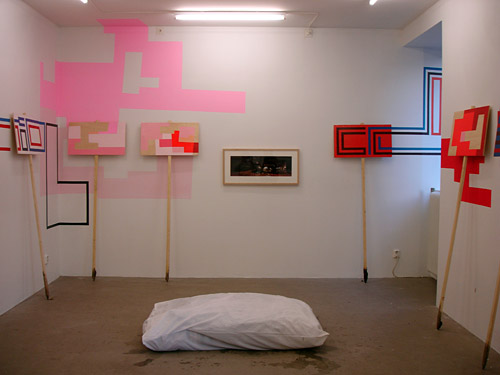Désolé, cet article n’est pas encore disponible en français.
En attendant, vous pouvez toujours le lire en English.
Public/Private – Signboards installation
Senatsreservenspeicher, Berlin, Germany
July 20th – August 19th 2007
Project in collaboration with Nuria Mora
About the Exhibition:
In the beginning, the city was without form and void. Then the streets became a gallery, the gaps filled up with art and life: Over 21 days we will create an exhibition about Street Art which will develop along with the city itself. Planet Prozess invites everybody to take part in this dynamic exhibition and to celebrate the finale.
About our artwork:
The project consists in place out around 50 painted signs on public places around the exhibition space. The audience is invited to take a walk, find and bring the artworks back to the gallery. With this work we are reflecting on the limit between public and private space. Each placard that came back to the gallery was signed and numbered by the artists and at the end of the show it was given back to its finder.
This practice questions ownership and authenticity and uses a kind of artistic guerrilla warfare which seeps through cracks where value and ownership crumbles in the busy and gentrified city centers around the world. It also raises questions to the significance and value of artwork depending on the context that it is presented in (gallery – virtual space – public space).
The signs were made one by one in the work and exhibition space and everyday new signs were planted in the streets around the space. The signs were manufactured everyday during the show and all the action was documented. The space faced the same artworks in two different phases: Before and after its installation in public space. This meeting will highlight the thin line between public and private and will try to indicate where is the limit that defines if an artwork is public or private. The public created the indoor exhibition; its evolution depended on the public response.
Text on the signs:
Hello!
This placard is from Nuria and Eltono and part of their artwork at “Planet Prozess”.
If you want to participate actively in the exhibition and afterwards keep this placard please bring it to the Senatsreservenspeicher in Kreuzberg as soon as possible. Your placard will be signed and numbered by the artists and it will be given back to you at the end of the show.
Planet Prozess, Senatsreservenspeicher, Cuvrystrasse 3-4, Berlin, KreuzbergJuly, 20th till August, 19th 2007 – 14h to 22h
If you’re not interested in participating, we kindly ask you to leave the placard in its place giving someone else the opportunity to take part.
Eltono and Nuria
– This text was silk screen printed on the back of each sign in German and English.
www.urbangrassroots.net
www.urbangrassroots.net/downloads/pressemappeEngl.pdf
Documentation:
